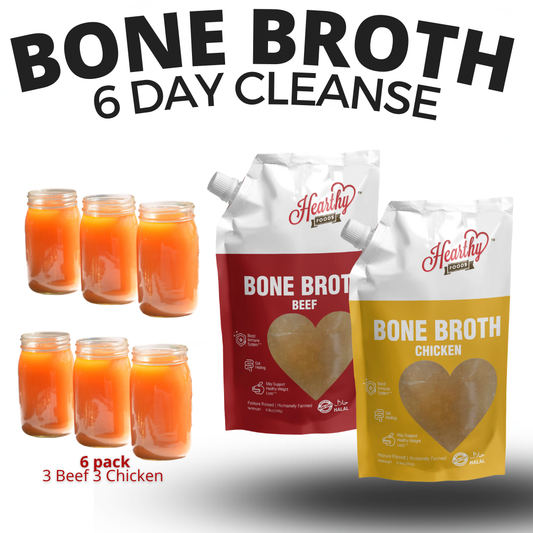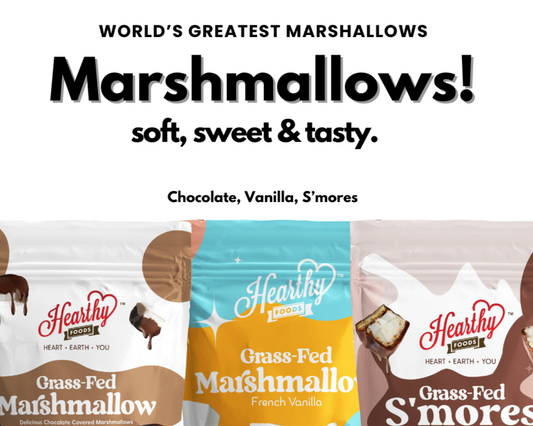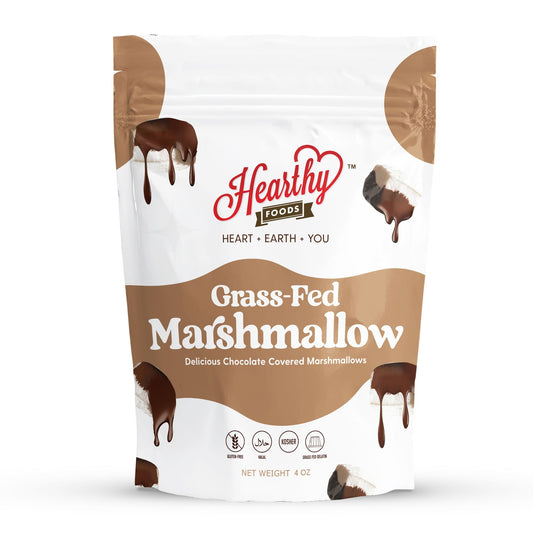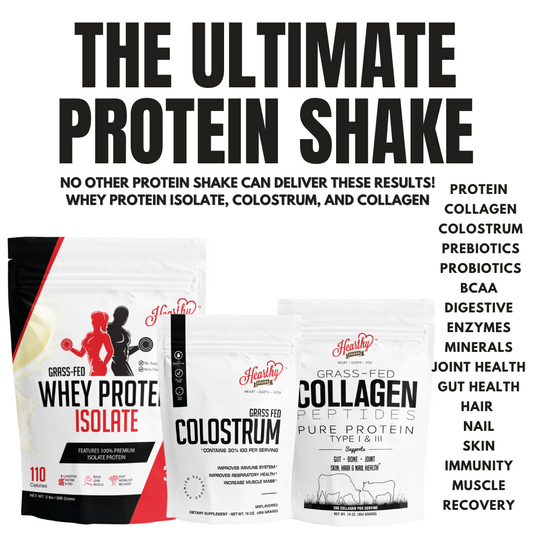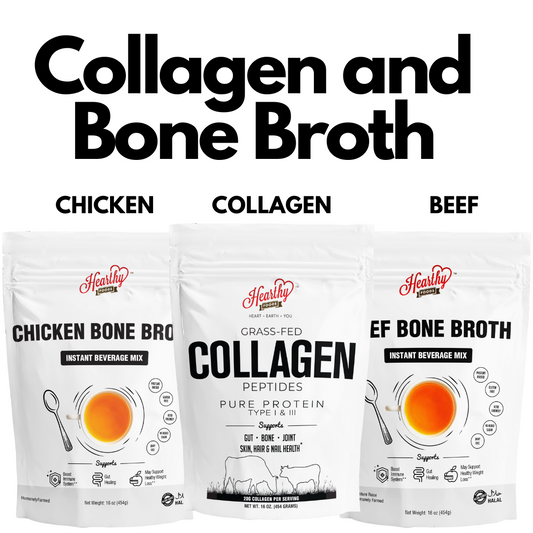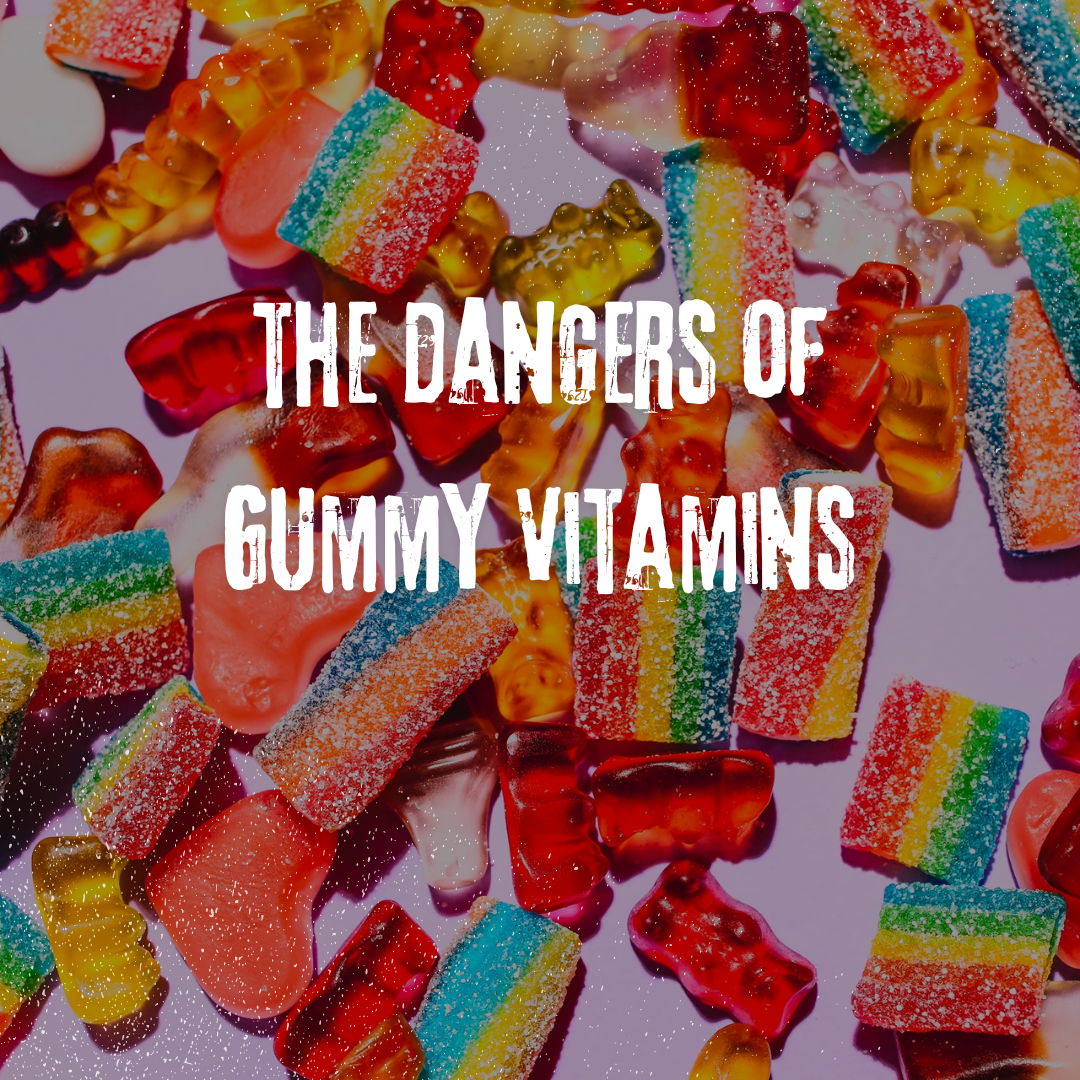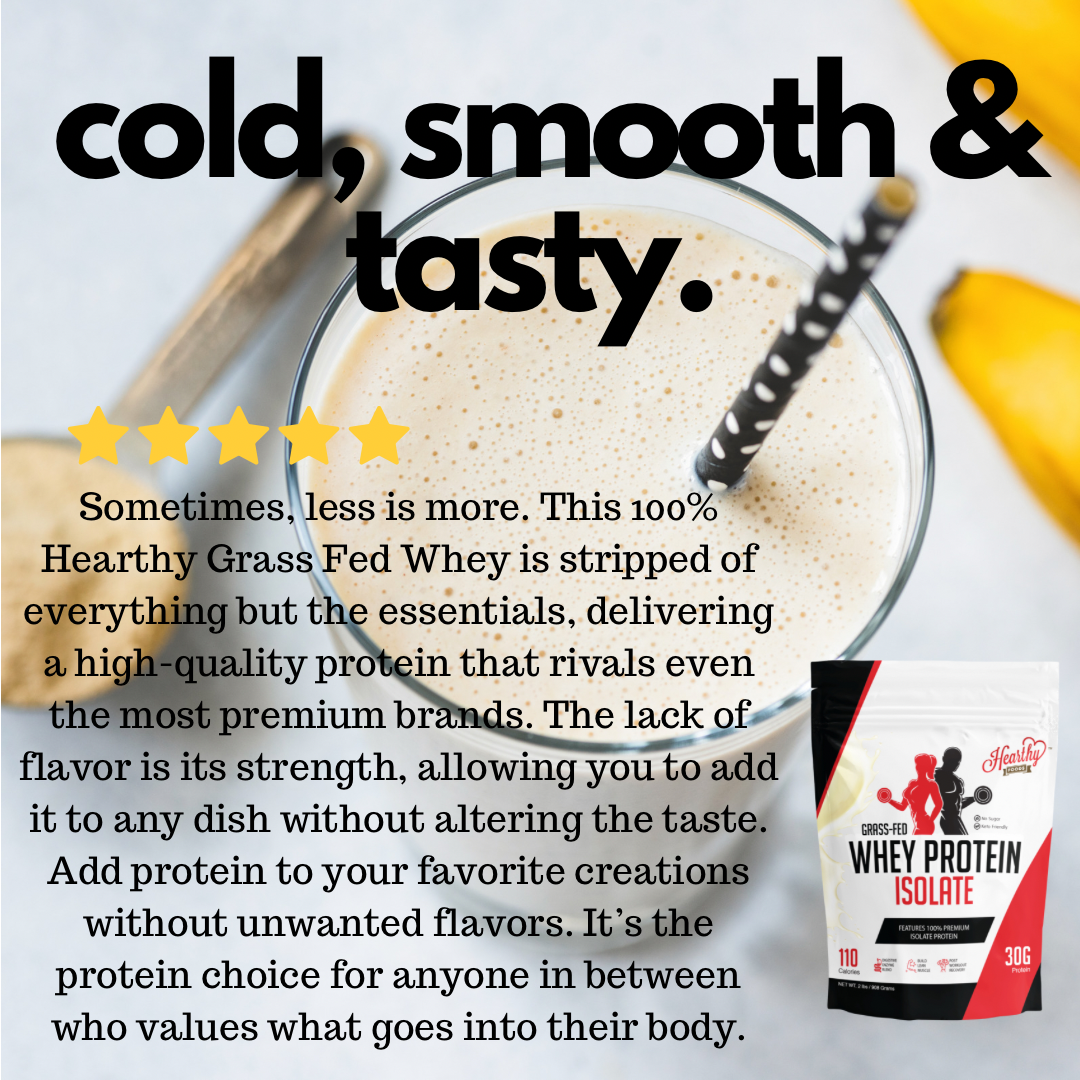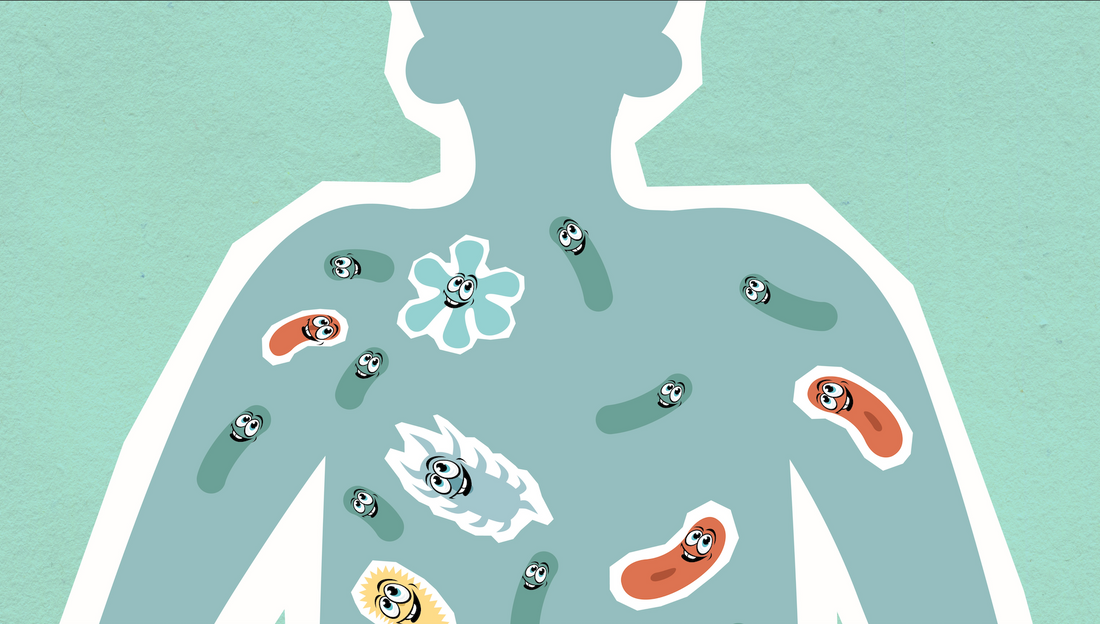
How To Use Our Prebiotic Fibers For Your Probiotic Community (pt 1)
We are a mobile zoo made up of thousands of microbial species. Are you a good caregiver?
We have about 100 trillion microbes which inhabit our body. In and on our body– mostly in our body– and in our gut, specifically. They aren’t here to harm, weaken, or take over but support us, keep our body in balance and, ultimately, maintain a homeostatic life. How we eat plays a pivotal role in helping our microbial community do its job. Eating poor foods stresses, taxes, and affects our microbial efforts. How many people make food choices keeping this in mind? Bringing awareness to this tiny nano community of microbes which inhabits us will be the key to better overall health.

One might ask, what are some easy ways to accomplish this? Have you ever wondered why we say, “soluble and insoluble fiber?” Firstly, fiber is from plants. It’s a non-digestible carbohydrate, also known as a prebiotic. Prebiotics are pretty much in any food which has plant fiber. We have certain microbial species in our guts which utilize some fibers by fermenting them, which in turn helps our body maintain a healthy gut lining and immune health. Other roles which our microbes play in our health are weight management, brain health, and controlling blood sugar levels.
If you don’t feel like eating fiber for yourself, at least consider feeding your bacteria. Let’s be good stewards. This helps the bacteria to survive and have enough energy to help us stay healthy.
Hearthy foods have a long list of soluble and insoluble fibers which come naturally in our foods. Why go out and buy a small bottle of prebiotics, when you can buy our one-ingredient fruit and nut flours, which not only provide prebiotics but other healthy, tasteful ingredients to add to your recipes?
Our flours contain both soluble and insoluble prebiotic fiber: banana, Sweet potato, broccoli, carrots, apples, hemp, pumpkin, kombucha squash, butternut squash, baobab, mango, cacao and oats to name a few.
By Stephanie Erichsen
Executive Chef at Hearthy Foods, Wu Wei Coach

